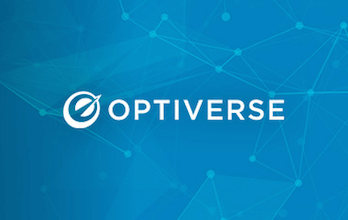
Download our FREE Testing Toolkit for A/B testing ideas, planning worksheets, presentation templates, and more!
Get It NowInformation Scent
What Is Information Scent?
Information scent refers to the strength of relevant messaging throughout the customer journey as well as visual and textual cues that provide website vistors with hints on what information a site contains.
A strong information scent is important to convince users they will find what they’re looking for at the end of their journey, as they follow links that bring them closer to their end goal. There should be nothing alarming, disjointed or confusing for a user as they move throughout a conversion funnel.
There are two elements that are key to maintaining a successful scent trail for users.
- Maintain a clear message: This allows the user to predict what the outcome will be if they take the action requested of them. It is essential that expectations are set that the messaging and the action will correlate.
- Reflection: When a user looks back at their trail and considers the step they are currently on, is that step relevant to the content that brought them to their current situation?
Through the combination of cohesive prediction and reflection, marketers can achieve a strong information scent (for more information, check out page 104 from Chris Goward’s You Should Test That!).
How Is Information Scent Used?
Connective messaging is commonly used to create a relationship between marketing campaigns and on-site objectives. Consistent messaging should be found on the journey from an ad to a designated landing page, and through to the checkout page or conversion page. All the while, the user needs to be exposed to similar keywords, visuals or other clues that indicate they are heading in the right direction.
Linking particular information to the correct page — so that users can predict what they’re about to see — is also an important part of site-wide navigation. Information architecture must be clear so that users are able to take action based on the messaging they’re exposed to.
If navigation is unclear, users won’t know where to go and might easily become frustrated with the site. This frustration reduces the likelihood that the user will accomplish whatever goal they came to achieve, which inevitably negatively impacts a site’s conversion rates.
Information Scent & CRO
Common methods for testing the strength of an information scent for CRO purposes include:
- Testing the use of the same headline on all pages in the funnel
- Testing the use of the same colored CTA on all pages of the funnel
- Testing the use of consistent imagery throughout multiple pages of the funnel
For example, a user clicks an ad for an iPod and arrives on a website, only to find that the information architecture offers options for both “Audio” and “Electronics”; the scent trail for the user to take the next step is lost. They don’t have a sense of correctness in their decision and aren’t able to see any keywords that validate their next step. In this case, you could do a site-wide navigational test to see what language users associate most with their desired actions.
Another example of information scent testing occurs within the funnel. Optimization teams can adjust headlines, value propositions, images — all elements that might improve messaging relevance and consistency.
A strong information scent gives users a clue as to what they’re doing and what they can expect to find moving both forward and backward on their journey.
Ready to learn more?

Get your copy of the testing toolkit.
Use the testing toolkit to start or scale your testing program.

Want to stay ahead of the competition?
Help your organization master one of the four key initiatives covered in this webinar series.

Join the community.
Meet Optiverse — a place to explore, learn, and connect around experience optimization.
